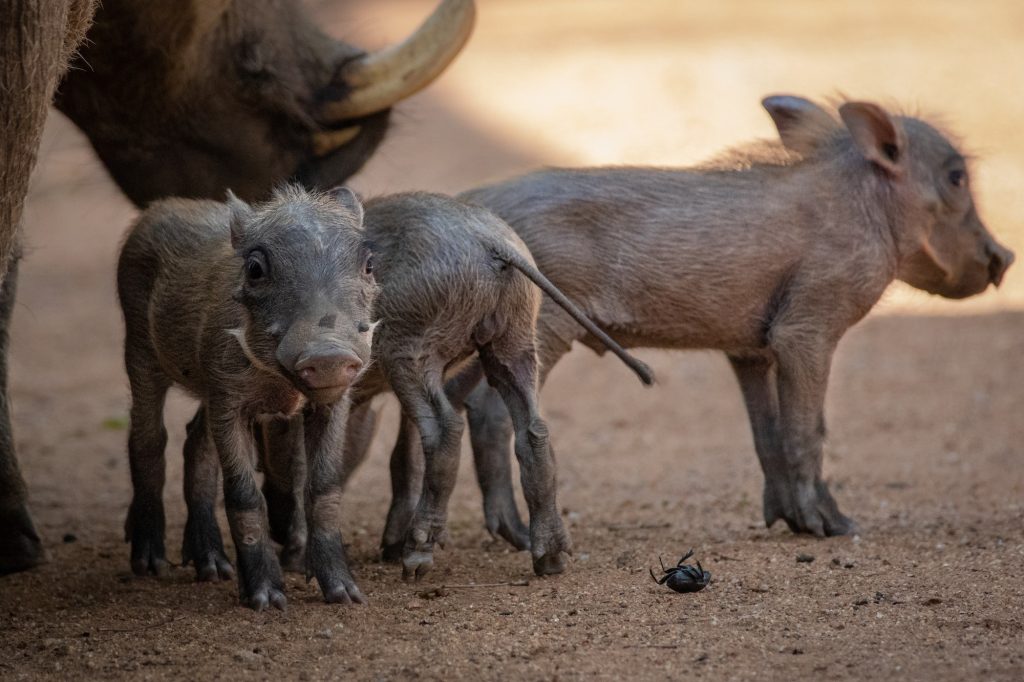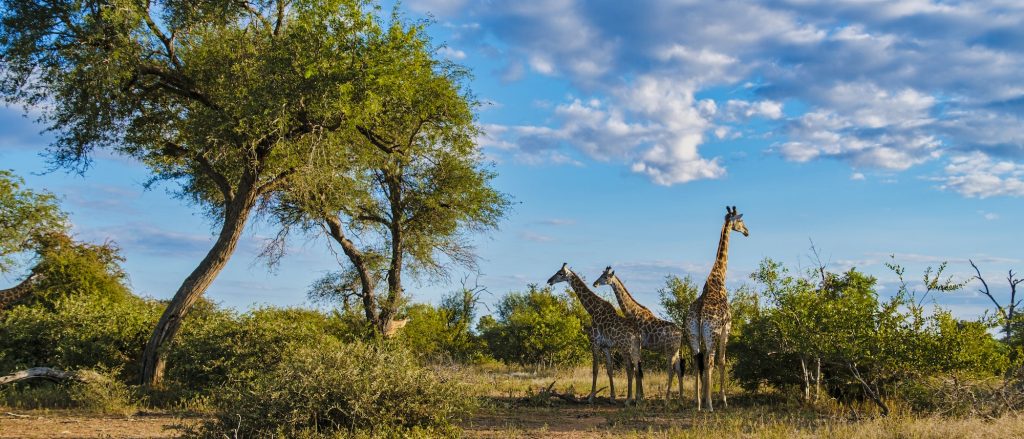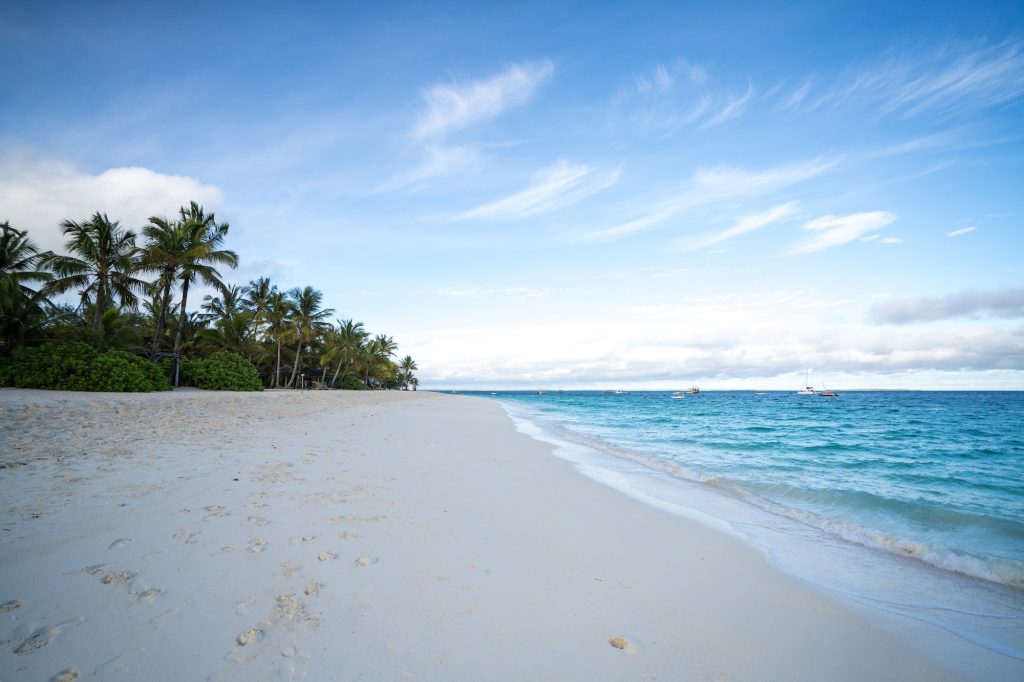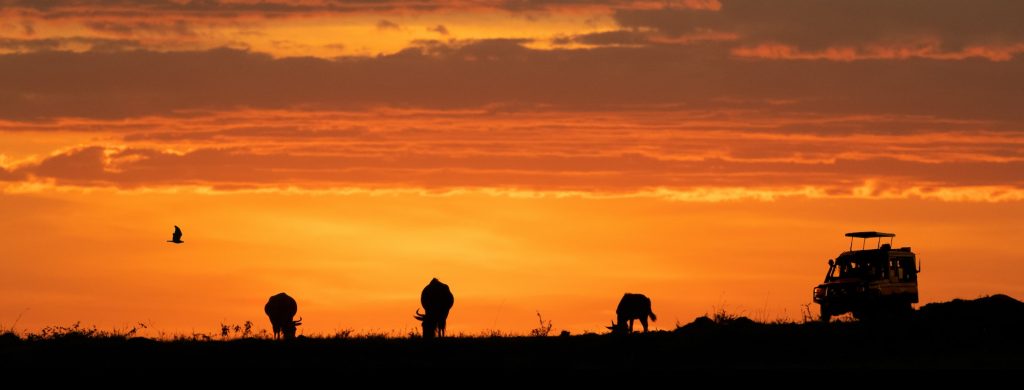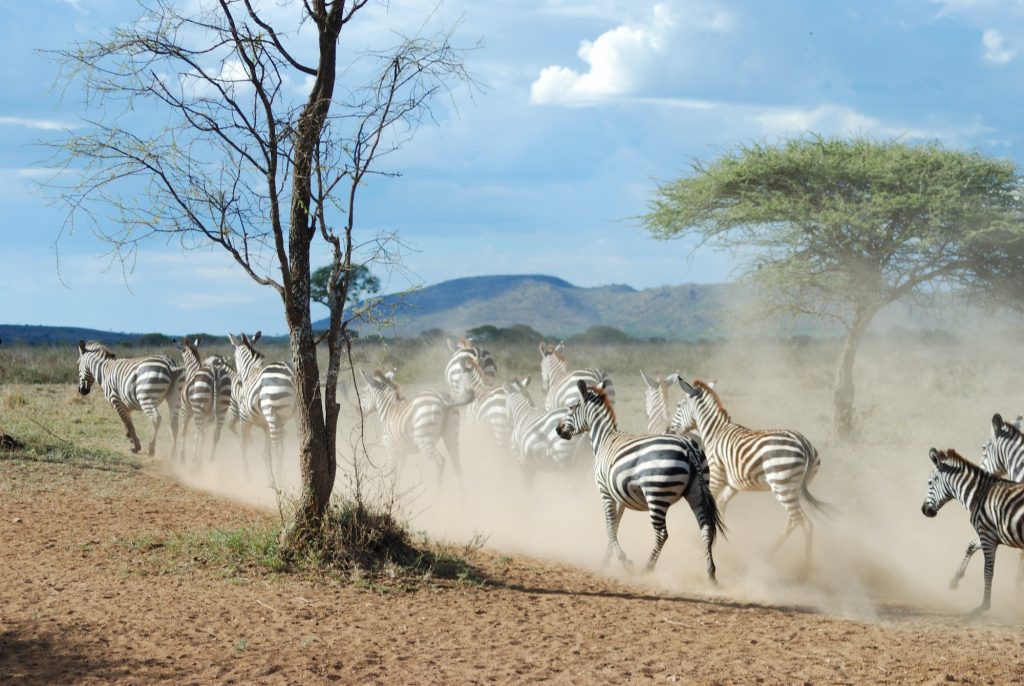7 Days Tanzania Camping Safari
Overview
The 7 Tanzania Camping Safari is a carefully thought-out safari itinerary that allows you to affordably experience the best of Northern Tanzania’s safari circuit. Visit the Bushmen in Tarangire Park, Lake Manyara, and Lake Eyasi, as well as Serengeti National Park and the Ngorongoro Crater, while on this Tanzania camping vacation.
Day by Day Itinerary
Day 1: Arusha – Tarangire National Park
You will receive a briefing in the morning before departing for Tarangire National Park. Huge elephant herds frequently visit the park’s grassland, baobab trees, seasonal marshes, and lagoons. The Tarangire River serves as a source of oxygen for numerous species, including giraffes, bushbucks, and hartebeests as well as the strange-looking gerenuk and fringe-eared oryx. Buffaloes, zebras, and wildebeests are also present throughout the park; lions and other predators frequently hunt these animals. Leopards are occasionally spotted, but cheetahs are rarely seen. You may admire the scenery and observe the wildlife from the safari vehicle’s open top. In the late afternoon, you will reach a campsite inside the park, where you will spend the night in a tent. Lunch and dinner
Day 2: Tarangire National Park – Lake Natron
After breakfast, travel from Tarangire National Park to Mto wa Mbu, a cosmopolitan neighborhood. Ol Doinyo Lengai, the Maasai people’s “holy mountain,” is visible in the distance as a gorgeous but bumpy gravel road descends the Rift Valley Escarpment from here. The lovely Masai town of Ngare Sero, an oasis in the hot and dusty Rift Valley, is our destination today. Thousands of flamingos that breed and feed on the algae of the alkaline Lake Natron emit a pink glow in the distance. In the late afternoon, the Maasai guide will lead you on a stroll to a nearby waterfall before you return to the campground for the night. Lunch and dinner
Day 3: Lake Natron – Serengeti National Park
After an early start, your car will emerge from the Rift Valley and onto the Serengeti’s green plains by midday after negotiating challenging dirt roads with breathtaking views. The Maasai refer to the Serengeti as “endless plains” because of how vast the grassland savannah is. The largest wildlife migration in the world takes place in Tanzania’s most famous park, the Serengeti, where hundreds of thousands of animals migrate in search of fresh grass and water. You’ll stay the night at a campground in the park’s northern or central region.
Day 4: Serengeti National Park
Game watching is available every day in the Serengeti National Park. Depending on where you stayed the previous night, you will either go on a full-day game drive or participate in early morning and late afternoon drives in the Seronera region. Large herds of zebras and wildebeests can be seen between December and May, while calves and foals are born between January and March. Additionally, the Seronera area is the ideal location to see the nocturnal, lone leopard. You spend the night in a campsite in the Seronera region. There are substitutes for lunch, dinner, and all three.
Day 5: Serengeti National Park – Ngorongoro Conservation Area
You might see some creatures on the planned morning game drive that you haven’t before seen in the Serengeti. Early in the day, before the temperature reaches its peak around midday, animals are more active. After lunch, you will depart the Serengeti plains and head to the Ngorongoro Conservation Area’s highlands. You will spend the night at a campground with views of the erupted volcano at the Ngorongoro Crater. It’s the ideal location for a sundowner at dusk. Breakfast, lunch, and dinner.
Day 6: Ngorongoro Crater – Mto wa Mbu
Get up and shine! One must rise early in the morning to ascend the incline that leads into the steep crater crater that is 600 meters deep. Despite the slopes being covered in trees, the terrain quickly transforms into a savannah, with the occasional acacia tree thrown in for good measure. Amazing wildlife may be found in the crater, including, if you’re lucky, the Big Five (lion, elephant, buffalo, rhinoceros, and leopard). There should be hippopotamuses, zebras, wildebeests, warthogs, and some of the 500+ bird species found in the area. You will travel to Mto wa Mbu to spend the night after spending the morning seeing wildlife and having a picnic lunch in the crater. Breakfast, lunch, and dinner.
Day 7: Mto wa Mbu – Arusha
You’ll leave for your return trip to Arusha after a leisurely breakfast, and you’ll get there around lunchtime. Either the airport or the center of the city will serve as your final destination. breakfast, lunch, and supper.
Book Now
Items included:
- Accommodation according to the itinerary
- Transportation in a 4×4 safari vehicle
- Professional, English-speaking guide
- Professional, English-speaking safari cook
- Overnight stays in safari tents
- Camping equipment (tents, sleeping mats, chairs, tables etc.)
- Meals according to the itinerary
- Mineral water
- All mentioned activities
- All national park fees
- Flying Doctors insurance (AMREF) during the safari
Items excluded:
- International Flights
- Alcoholic and soft drinks not included
- Visa fees
- Tips
- Personal spending money for souvenirs etc.
- Travel insurance



